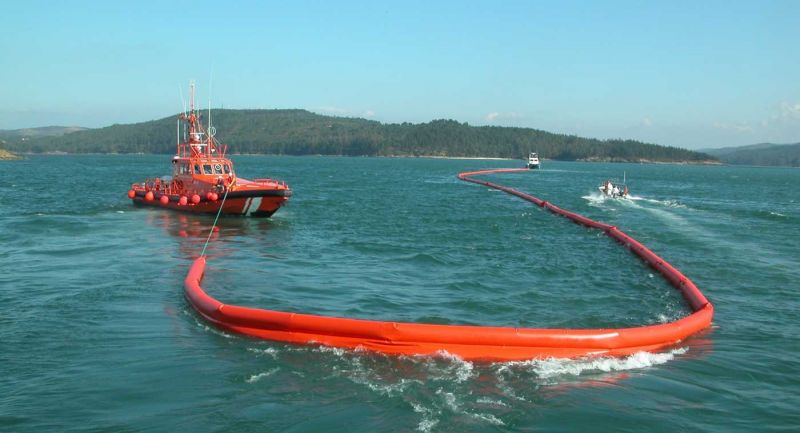By Multinet Group: Recently
Oil Spill Pollution Control
Despite the technological control and the continuously improved preventive measures, oil spills that pollute many elements of the environment are still occurring today. The MultiNet Group has over the years participated in several oil spill clean-ups and is licensed by The Department of Petroleum Resources (DPR) for Oil Spill Control/Clean-Up as well as Waste Management Services
Oil spill control measures aim to decrease and limit oil spills, as well as limit their spreading in the environment. This can be done in several ways, including the controlled burning of spilled oil, which is similar to controlled forest burning to get rid of dry wood that may pose a hazard if left in place.
Controlled Burning is one of the most effective ways of getting rid of the spilled oil. The method is usually applicable on calm seas soon after the oil film forms so that the oil doesn't get mixed with water. The Exxon Valdez spill proved that this method is efficient for approximately 90% of the captured oil. However, residuals from burning and the resulted fumes may still affect air quality and the land near the spill area.
Use of barriers and adsorbant materials to mechanically recover the spilled oil is a commonly used method when the oil spill happens in a water environment, implying the use of physical barriers for the mechanical prevention of oil spreading. Some of the barriers may also chemically interact with the spilled oil and thus providing both mechanical and chemical control means. The main types of barriers used are:
Booms - Fire resistant booms are used in order to restrict the burning area, especially when controlled burning is applied.
Skimmers - Skimmers are usually propylene mop-like pads that are placed on the ocean surface to adsorb the spilled oil film.
Natural and synthetic absorbing materials - These have a sponge-like behavior, used to control a large variety of spills by removing some of the spilled oil and serving as a physical barrier that limits oil migration.
Use of monomolecular surface films around the oil spilled on water to compress it into a thick layer that can be recovered more easily and reduce the damage to the environment, fishing and properties. This technique appeared in the early 1970’s and was incorporated by the Navy into the control programs of bays and harbors.
Use of chemical and biological methods for the cleaning up of oil spills increases the oil's natural chemical or biological degradation processes. These methods are used together with mechanical control techniques and are especially relevant when the spill has reached a sensitive ecosystem.
Spraying dispersants that make the oil more compact and ease the cleanup process, even though they might affect wildlife and coral reefs.
Multinet Group Ltd is a licensed expert in Oil Spill Control and Clean-Up.
